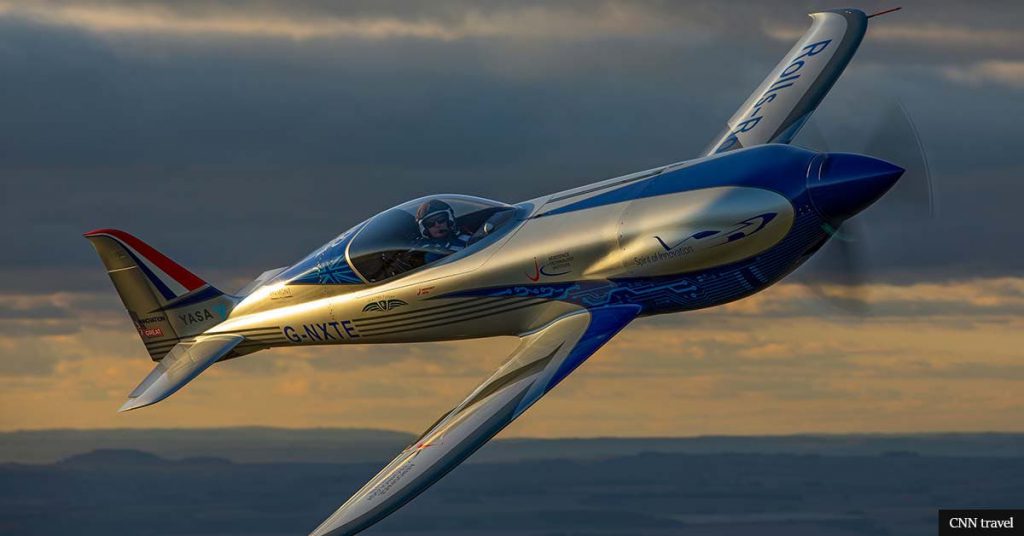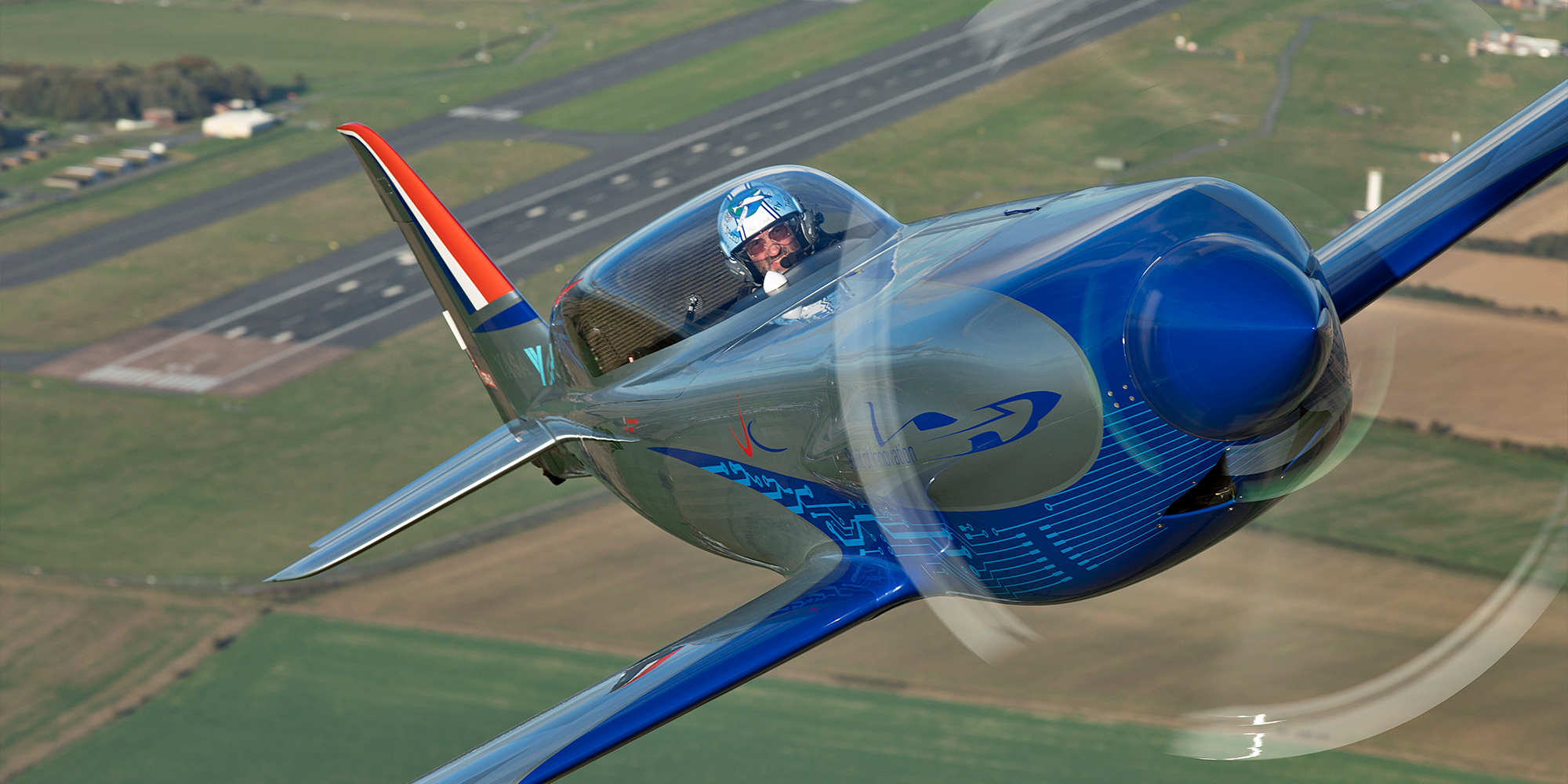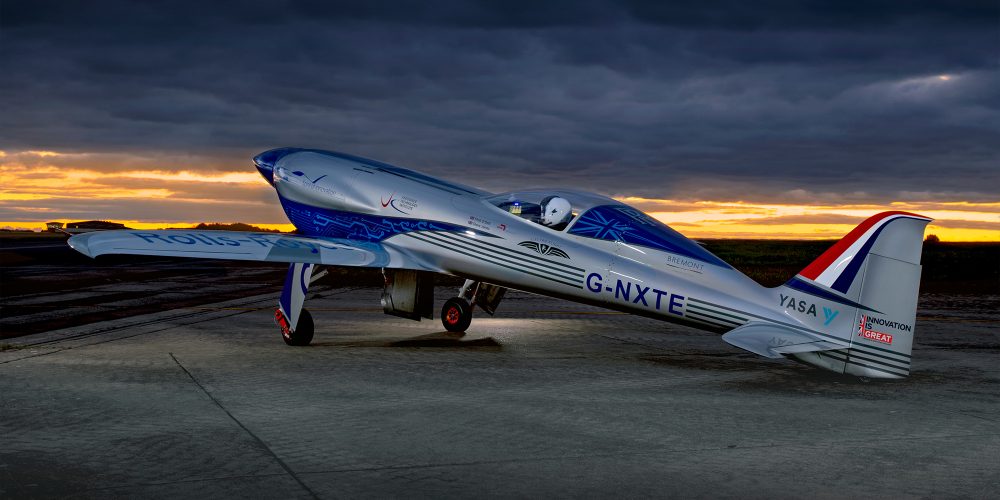
Rolls-Royce Sets New Records With What They Claim Is The World’s Fastest All-Electric Aircraft
Published on December 14, 2021 at 4:11 PM by Mc Noel Kasinja
The Rolls-Royce company revealed it has created the “world’s fastest all-electric aircraft.”
Named the “Spirit of Innovation” the aircraft reached a max speed of 387.4 mph (623km/h) in flight, which the manufacturer said they think gives it the top spot for “the world’s fastest all-electric vehicle.”
In a recent press statement, Rolls-Royce said their invention set not one, but three world records, which include reaching 345.4 mph over 1.86 miles on 16 November. They also said the invention succeeded in achieving the fastest time to ascend 3000 meters by one minute, with a time of 202 seconds.

The vehicle reached a whopping 300 mph over 9.32 miles in Wiltshire at the UK Ministry of Defence’s military aircraft testing site, making it 182 mph faster than the previous record, according to the statement.
Constructed as part of a project called the Accelerating the Electrification of Flight (ACCEL), and funded by the Aerospace Technology Institute (ATI), the Department for Business, Energy & Industrial Strategy and Innovate UK, the Spirit runs on a 400kW electric powertrain.

The aircraft also prides itself on being equipped with the most powerful propulsion battery pack ever made in aerospace.
Phil O’Dell, the pilot and Rolls-Royce director of flight operations responsible for the new record said “this is the highlight of my career and is an incredible achievement for the whole team.”
Rolls-Royce CEO Warren East said:
“Staking the claim for the all-electric world-speed record is a fantastic achievement for the ACCEL team and Rolls-Royce.”
“Following the world’s focus on the need for action at COP26, this is another milestone that will help make ‘jet zero’ a reality and supports our ambitions to deliver the technology breakthroughs society needs to decarbonise transport across air, land and sea.”

UK business secretary Kwasi Kwarteng said this invention “will show the potential of electric flight and help to unlock the technologies that could make it part of everyday life.”
Subscribe to our Youtube Channel:“The government is proud to back projects like this to leverage the private investment necessary to unlock cleaner, greener aircraft which will allow people to fly as they do now, but in a way that cuts emissions,” Kwarteng added.


